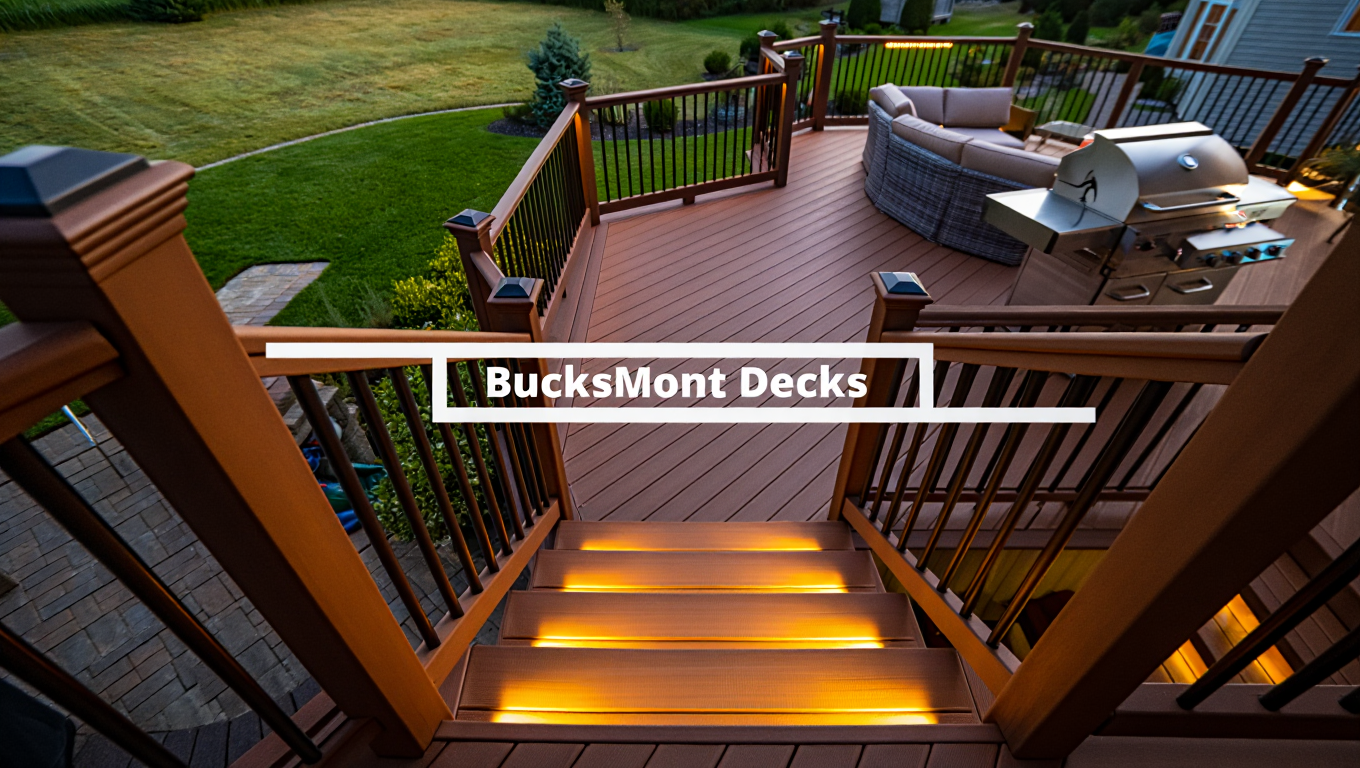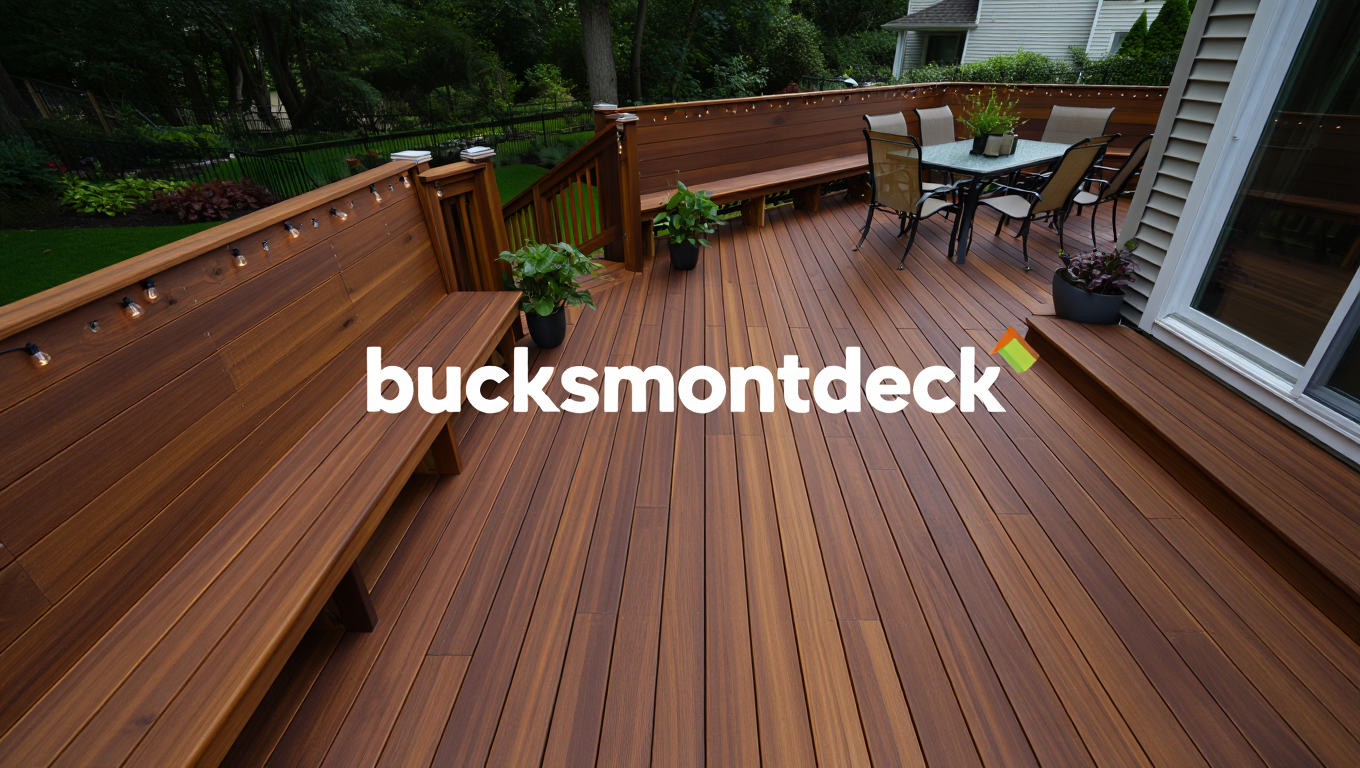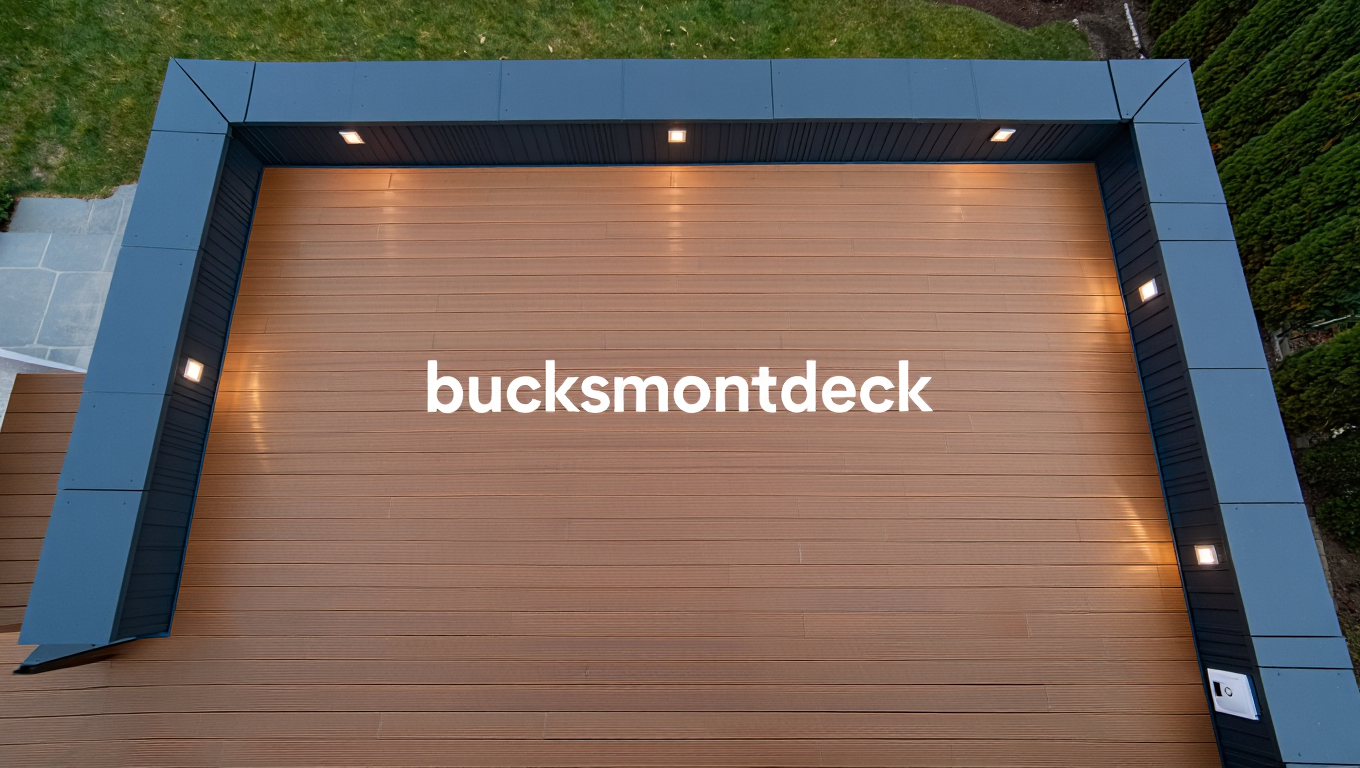Did you know the average homeowner in Pennsylvania spends over 100 hours outdoors each year? That’s a lot of time sipping coffee, grilling burgers, or just soaking in the fresh air. But if your backyard feels more like a blank slate than a cozy retreat, it’s time to roll up your sleeves and dive into backyard deck construction. Whether you’re dreaming of a simple platform for summer barbecues or a multi-level masterpiece, this guide has you covered. You’ll walk away with a clear, beginner-friendly roadmap to build a deck that boosts your home’s value and your weekend vibes—without the stress or guesswork.
Why Build a Deck? The Perks Are Hard to Ignore
A well-crafted deck isn’t just a spot to park your lawn chair—it’s an investment. According to the National Association of Realtors, a deck can recoup up to 70% of its cost when you sell your home—talk about stats that show it boosts your home’s value. Plus, it’s a game-changer for outdoor living, turning your yard into a functional hangout for family and friends. For homeowners in Pennsylvania, where summers beg for porch swings and winters demand sturdy builds, deck construction is a no-brainer. Ready to get started? Let’s break it down step by step.
Step 1: Plan Your Deck Like a Pro
Before you grab a hammer, take a beat to plan. A solid plan saves you time, money, and the headache of mid-project pivots. Start by asking yourself: What’s the deck for? A quiet reading nook? A sprawling BBQ zone? Sketch out your ideas—nothing fancy, a napkin doodle works. Then, measure your space. A 12×16-foot deck is a sweet spot for most backyards, but tweak it to fit your yard and budget.
Next, check local rules. Pennsylvania towns often require permits for decks over 30 inches high—get the scoop on local permit rules or call your municipal office. You can also dig into PA building codes for the full rundown. While you’re at it, note underground utilities—nobody wants to hit a gas line. Pro tip: Dial 811 before you dig. It’s free, fast, and keeps you safe.

Step 2: Gather Your Tools and Materials
You don’t need a pro’s workshop to nail this—just the basics. Here’s what you’ll want:
- Tools: Hammer, drill, circular saw, level, tape measure, and a shovel.
- Materials: Pressure-treated lumber (durable for PA’s wet winters), concrete for footings, deck screws, and joist hangers.
For a standard 12×16 deck, expect to spend $1,500–$3,000, depending on wood choice—cedar costs more but smells amazing. Bucks Mont Decks, a local expert in Montgomery County, swears by pressure-treated pine for its balance of cost and longevity—backed by wood standards from the pros. Grab your supplies from a nearby Home Depot or Lowe’s, and you’re set.
Table: Wood Options for Deck Building
| Material | Cost per Sq. Ft. | Durability | Maintenance |
| Pressure-Treated Pine | $2–$3 | High | Yearly sealing |
| Cedar | $4–$6 | Medium-High | Oil every 2 years |
| Composite | $6–$10 | Very High | Minimal |
Step 3: Building a Deck Frame—The Foundation Matters
Now, let’s get to the fun part: building a deck frame. This is the skeleton that holds everything together, so take your time. Start by marking your deck’s outline with stakes and string. Dig holes for footings (about 12 inches wide and below the frost line—36 inches in PA). Pour concrete into each hole, then set post anchors before it hardens.
Once the concrete cures (24–48 hours), attach 4×4 posts to the anchors. These posts support your ledger board—a horizontal piece that connects the deck to your house. Secure it with lag bolts, ensuring it’s level. From there, attach joists (the crossbeams) every 16 inches using hangers. Double-check with a level—nobody likes a wobbly deck.
FAQ: How do I know my frame is sturdy?
Step 4: Lay the Deck Boards Like a Champ
With your frame solid, it’s time for decking boards—the part you’ll actually walk on. Lay them perpendicular to the joists, starting at the house and working outward. Leave a 1/8-inch gap between boards for drainage—Pennsylvania’s rain doesn’t mess around. Secure each board with two screws per joist, keeping them straight with a chalk line.
Want a pro finish? Trim the edges with a circular saw once everything’s down. Sand rough spots for a splinter-free surface. Bucks Mont Decks suggests staining or sealing right after to protect against moisture and UV rays.

Step 5: Add Railings and Finishing Touches
Safety first—any deck over 30 inches needs railings per Pennsylvania code. Use 2x4s for the top and bottom rails, and space balusters (the vertical posts) no more than 4 inches apart. A drill and screws make quick work of this. For flair, add solar post caps or string lights—perfect for late-night firepit chats.
Step back and admire your work. Sweep off sawdust, set up a chair, and crack open a cold one. You’ve earned it.
Deck Building 101: Common Mistakes to Dodge
Even beginners can ace this with a heads-up on pitfalls—check out more in our deck building 101 rundown. Overlooking permits can halt your project—and cost you fines. Skimping on materials might save cash now but means repairs later. And rushing the frame? That’s a recipe for a deck that sags by next summer. Go slow, measure twice, and you’ll be golden.
FAQ: Can I build a deck alone?
Sure, but a buddy makes it faster—especially for lifting beams or holding boards steady.
Conclusion: Your Deck, Your Way
Backyard deck construction doesn’t have to feel like climbing a mountain. With a solid plan, the right tools, and a little elbow grease, you can transform your yard into a space you’ll love for years. From building a deck frame to nailing the perfect finish, every step brings you closer to outdoor bliss. So, what’s stopping you? Grab your tape measure, hit the hardware store, and kick things off. Got questions or a deck story to share? Drop it in the comments—I’d love to hear how it goes!






